Please click the hall.
Kami-Daigo
After 60 minute walk from Shimo-Daigo area on the mountain road, you come to Kami-Daigo area. Here is the very place where Daigoji-temple began.
In the present Kami-Daigo area, you can see Juntei Hall (A hall dedicated to Juntei-Kannon) which is the eleventh point of the pilgrimage of Western Japan, Godai Hall or Fudo Hall, Yakushi Hall (A Hall dedicated to the Yakushi Nyorai or Tathagata Bhaisajya-guru), Kaisan Hall(A Memorial Hall of the establishment of Daigoji), Nyoirin Hall (A Hall dedicated to Nyoirin Kannon), Seiryugu Haiden (Praying Hall). Most of buildings themselves are national treasures or important cultural properties.
The Juntei Hall was originally built in 866. But the present building was reconstructed in 1968. The statue of Juntei Kannon to which the hall is dedicated is usually kept secret. On 18th of May every year, however, the service ceremony called Gokaihi (Opening Door ) is held and the statue is opened to public for three days.
The Godai Hall is dedicated to Godai myo'o in which Fudo myo'o is a central figure. "Godairiki-san" is not only the nickname of these five figures but also the name of an event in connection to this hall. In the "Godairiki-san" event on 23rd of Feburary amulets called "Omie" are distributed to lay people at the Golden Hall in the Shimo-Daigo area.
Actually these amulets were authorized by means of prayer at the Godai Hall for
a week.
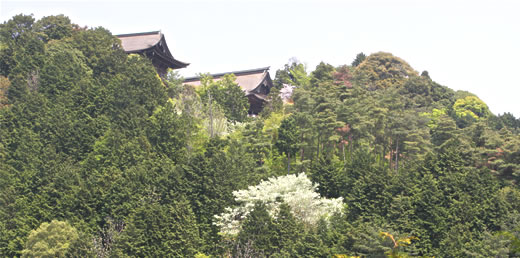
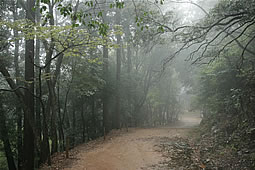
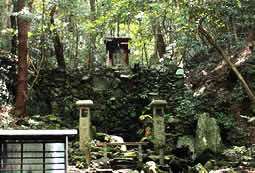
Daigo-Sui (the spring water of Daigo)
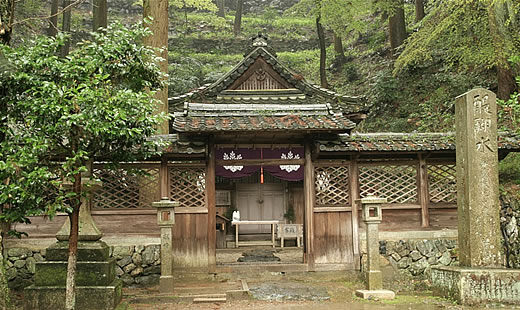
This is the very place of the hermitage which Shobo Rigen-daishi built on the top of mountain. He discovered this fountain through the inspiration. Still now you can taste this spiritual water.
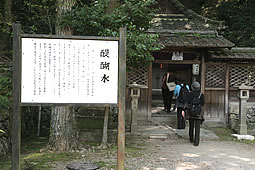
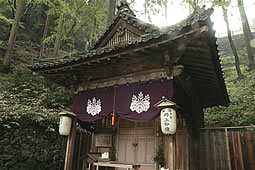
Seiryu-gu Haiden Muromachi Period (national treasures)

The Seiryu-gu Haiden was constructed in the Muromachi period. Its elegant appearance reminds us of a private house of an aristocrat. The building looks towards a cliff because a hillside was slightly cleared.
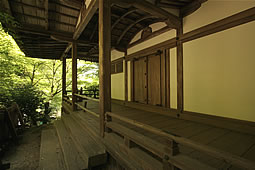
Seiryu-gu Haiden
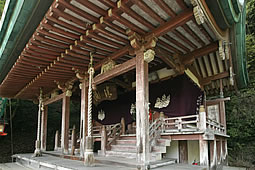
Seiryu-gu Honden
Junteido The 11th spot of the Saikoku Sanjusan Kannon Reijo(the 33 Kannon holy sites in western Japan)

The Juntei Hall was originally built in 866. But the present building was reconstructed in 1968. The statue of Juntei Kannon to which the hall is dedicated is usually kept secret. On 18th of May every year, however, the service ceremony called Gokaihi (Opening Door ) is held and the statue is opened to public for three days.


Yakushido Heian Period (national treasures)
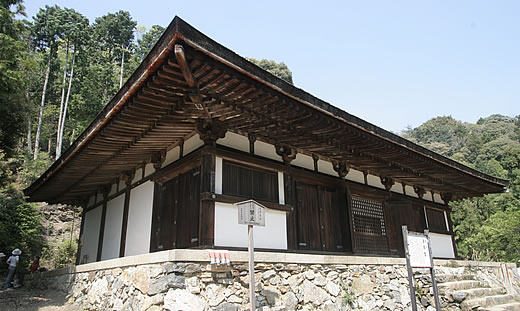
The Yakushido-Hall has been situated in the center of the Kamidaigo area for 850 years. Its horizontal structure is a representative of buildings in Heian period. Unfortunately, however, there is no place to have the whole view of this building because it was built in the small place.
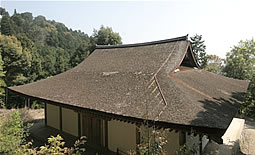

Godaido
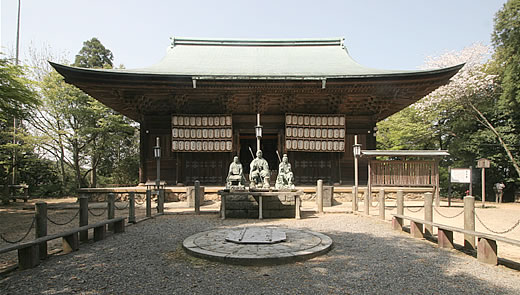
Godaido
The present "Godai Hall" was rebuilt recently because of destruction by fire in the Showa period. Nevertheless, when you have a look at this building on the top of Mount. Kasatori, you can imagine the atomosphere of the temple of Japanese esoteric Buddhism, which was supposed to accomplish a mission to protect the nation.
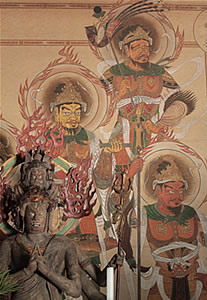
Godaido Wall-painting

Fudo Myo-o(Acalanatha)
Nyoirindo Momoyama Period (important cultural assets)
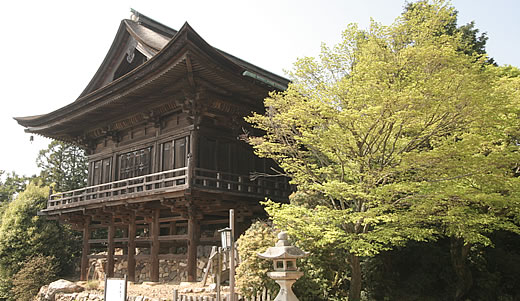
Built in Momoyama period. The building on a steep slope is a model of architecture called Butai-zukuri.
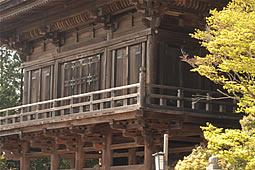
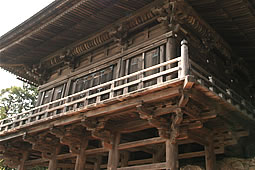
Kaisando Momoyama Period (important cultural assets)
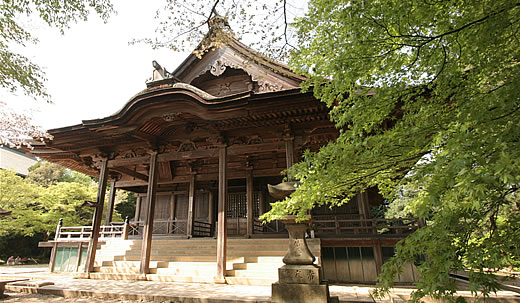
This building is dedicated to Shobo Rigen-daishi, the founder of Daigoji. It was built in 911 by his disciple, Kangen who was the first rural dean of Daigoji. At that time it was called Miedo. The building was burnt down. Although it was rebuilt in Kamakura period, it was also devastated at all. The present building was restored by Toyotomi Hideyori in 1606.The hugest building on the Mount Kasatori (or Daigo) represents the magnificence of the Momoyama period architecture.
Inside the hall, the statues of the three priests are enshrined. Shobo (Rigen-daishi) is in the center. Kobo-daishi is in the left side and Kangen is in the right side.
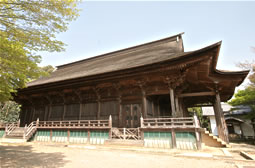
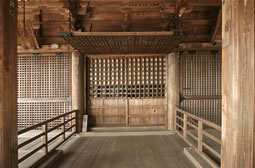
Rigen-daishi(Wood) Kamakura Period (important cultural assets)
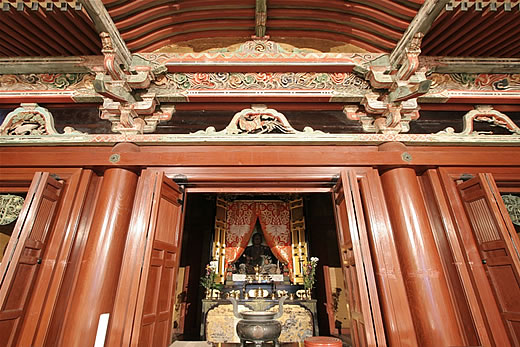
When the Kaisando-Hall was built, there was the statue of Rigen-daishi sculptured by Kangen. However, it was lost when the hall was destroyed by fire. The present statue was sculptured when the hall was rebuilt in Kamakura period.
The head and body are separate woodcarvings. This type is called Yosegizukuri. Coloured.
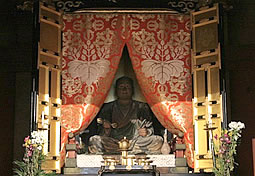
Rigen Daishi
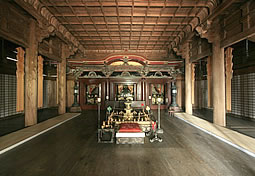
Kaisando